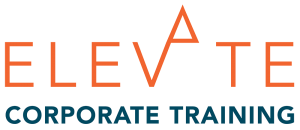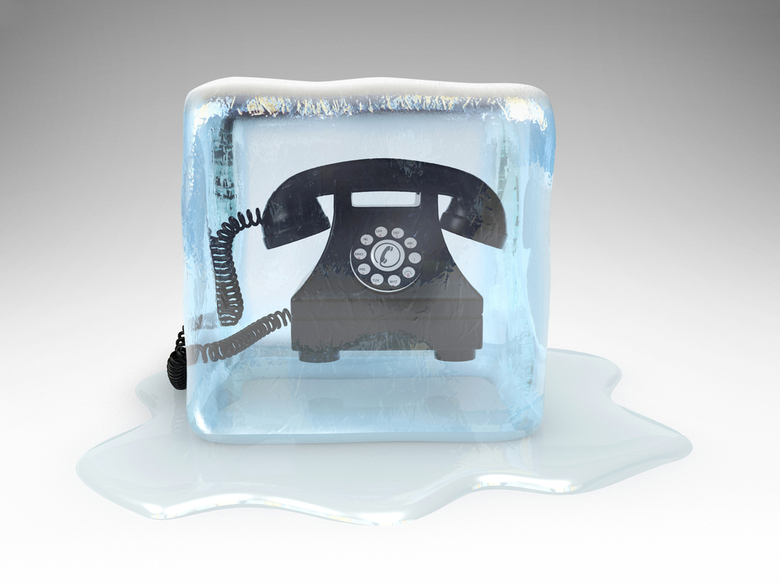Ever get one of those cold calls from some guy talking so fast you can barely understand what he’s saying? It happens all the time. It’s annoying and just can’t be effective. Please, don’t be that guy.
Things have changed over the years. Still making cold calls the way they did 20 years ago is a waste of your time. Many salespeople have stopped doing it completely – not because it doesn’t work, but because 63% of salespeople say cold calling is the thing they hate most about their job.
It can seem like a chore, but it still works. 78% of decision-makers surveyed revealed they have taken an appointment or attended an event that originated with a cold call.
So, like it or not, cold calling can still be an effective sales tool.
Sales training on cold calling techniques can help jump-start your sales. Here are a few of the things sales training can teach you about cold calls.
Be Friendly, But Don’t Waste People’s Time
Smile. Think happy thoughts. Be positive. Your voice quality and energy come through the phone. You need to be friendly but also get to the point quickly. A cold call is intruding on one of the most important things your prospects have: time. If they feel you’re wasting it, you lose.
Be relaxed, but upbeat.
Map Out Your Conversation
Before you pick up the phone, make sure you know what you’re going to say and the goal you’re trying to achieve. Are you trying to get a face-to-face appointment, close a deal, or qualify a lead? Each goal takes a different pathway.
Your goal on a cold call is typically to get somebody to go to the next step. Know what it is in advance and give them a gentle push to get them there. Whatever that step is, ask for it.
Do Cold Calling Scripts Work?
It helps to have a script as long as you can avoid sounding like a robot when reading it. Your job in talking to prospects isn’t to talk, it’s to get them to talk and you listen. This is when you uncover the details that can help you guide prospects into the sales funnel.
Start with a simple script that clearly states who you are, why you’re calling, and explains your goal succinctly. As you use it, you’ll refine it. Discard things that don’t work and add in new things that resonate.
Think of a tree and its branches. The trunk carries nutrients to the top, but the tree branches out in different directions. Your script should do the same thing as you develop it. You’ll develop a solid opener and probe to find which branch you need to head down. This next branch can focus the conversation on the path you determine will yield the best results.
Be Resilient
You’re going to hear no a lot. Don’t take it personally. In fact, it’s going to take persistent just to get through to the right person. It takes an average of 18 calls to actually connect with a buyer. Most salespeople give up after just a few attempts.
Dealing With Objections
You’re also going to hear a lot of objections. The art of sales is about tackling objections. Here are some of the more common ones:
Prospect: “Can you send me the information?”
You: “I’ll be happy to do that. Is it OK if I ask you just a couple of questions to make sure I send you the right information….”
Prospect: “I’m too busy right now.”
You: “I completely understand. If it’s OK with you, let me take two minutes and ask you just a couple of questions. Let’s make sure this is something worthwhile for you before we schedule a call back…”
Prospect: “It’s too expensive.”
You: “I understand. Other people that I’ve talked to have said the same thing. Quality products are usually a little more expensive. That’s because they work. Is your concern the price tag, or whether the product will work for you?”
Remember to be resilient! Sales don’t happen until you overcome these objections.
When it comes to dealing with objections, sales training and role playing can help. You want to have your answers ready when objections arise. Great salespeople learn how to find out the real concern behind what the prospect is saying.
Follow-Up Promptly
If someone knows you’re a salesperson and they call you back, return the call as quickly as you can. They’re showing interest.
Even after the first call or meeting, you’re going to need to do follow up. Don’t delay. 80% of sales take at least five follow-up calls. When you consider that nearly half (44%) of all salespeople give up after the first follow-up attempt, making those additional calls will set you apart.
Stop Cold Calling Altogether
It may seem unusual that in an article about how to make more efficient cold calls that we’d tell you to stop making them. However, that’s exactly what we’re saying. S – T – O – P.
Really, there’s never a reason to make a cold call anymore. Every cold call can be a warm call with just a little bit of work. Ask friends or colleagues for referrals or introductions. Use tools like LinkedIn to find a mutual acquaintance and connect. Search online for the person you’re contacting and find out about their company. Research the company you’re calling in Google. Check them out on Google News.
Incorporate the information you learn into your script.
“John, I saw in the news that your business just opened up a new location. Congratulations!”
That should at least get you a few seconds of attention.
“I’m calling because Jim from your Chamber group thought you might be interested in what we’re doing.”
Even if they want to get off the phone, they’re going to listen because you got a referral. Even better, have Jim call first on your behalf.
Making Cold Calling Work For You
Be upbeat and don’t waste people’s time. Plan what you’re going to say ahead of time and have the support material you need to handle objections. When someone shows interest, follow-up promptly. Do whatever you can to make it a warm call instead of a cold call. Finally, be resilient. You’ll hear a lot of no’s before you get to yes.

